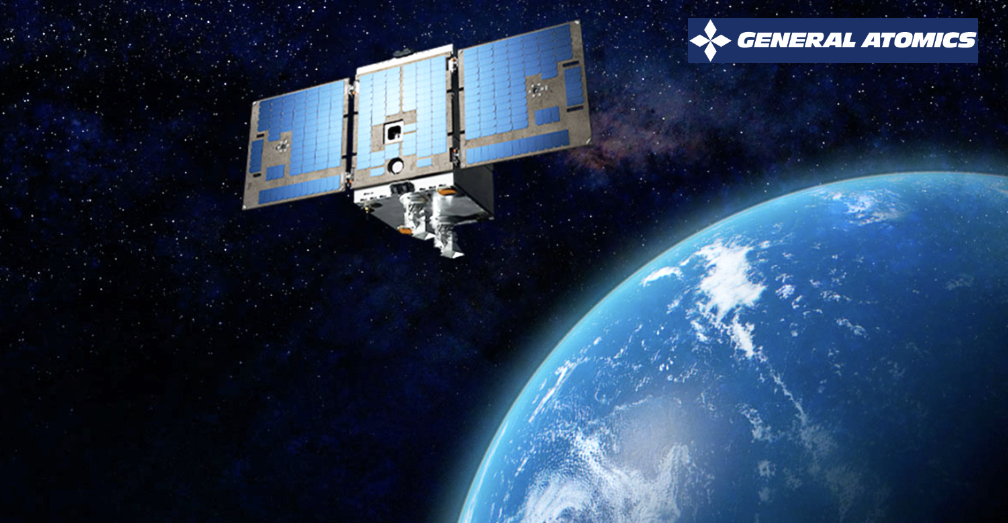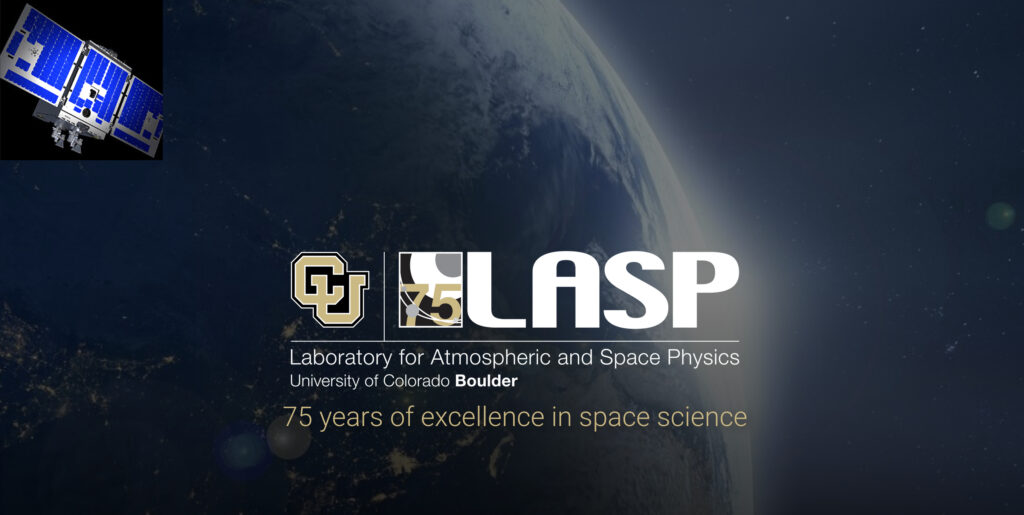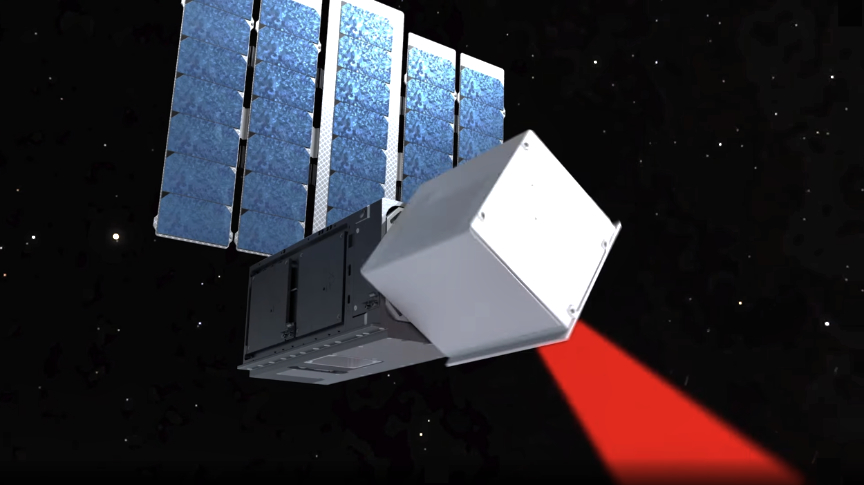
General Atomics Electromagnetic Systems (GA-EMS) has developed and delivered a spacecraft simulator to the University of Colorado (CU) Laboratory for Atmospheric and Space Physics (LASP) in support of the Total and Spectral solar Irradiance Sensor- 2 (TSIS-2) spacecraft program.

GA-EMS is under contract with NASA’s Goddard Space Flight Center (GSFC) to build the TSIS-2 spacecraft, which will provide measurements of solar irradiance and high-quality data for the long-term climate record. CU LASP is providing the Total Irradiance Monitor (TIM) and Spectral Irradiance Monitor (SIM) sensors for TSIS-2.

The TSIS-2 spacecraft simulator provides capabilities to send and verify commands, receive health and status telemetry, and receive science and analog thermistor data and specific command file uploads. The spacecraft simulator provides valuable capabilities to test system performance, payload interfaces, and functions pre-flight in preparation for on-orbit mission operations.
GA-EMS has designed and is manufacturing the TSIS-2 satellite based on its modular and scalable GA-150 ESPA-class bus architecture. GA-EMS is also performing TSIS-2 payload integration and testing and will provide mission operations support. Once launched, the satellite will operate in a SSO, with the TSIS-2 payload providing NASA with continuous solar monitoring capabilities throughout its mission life.
“This represents the first complete end-to-end spacecraft simulator we have designed, programmed, built, and delivered to a customer, adding another significant capability to our space systems and technologies portfolio. The spacecraft simulator allows us to check the communication and functionality of the TSIS-2 payload onboard our GA-150 satellite bus in preparation for satellite operations. Although the delivered simulator is specific to TSIS-2, we have an experienced team in-house to develop and build simulators to support new customers and satellite programs.”
— Scott Forney, president of GA-EMS
“We provide an agile approach to satellite design, test, manufacturing, and payload integration to help customers access space and execute their missions. Simulation is a critical step in satellite design to help maximize risk mitigation. Not only does this allow us to evaluate spacecraft and component performance under various scenarios prior to launch, it is also a valuable tool for troubleshooting and resolving any issues that might arise while the satellite is on orbit.”
— Gregg Burgess, vice president of GA-EMS Space Systems

General Atomics Electromagnetic Systems (GA-EMS) Group is a global leader in the research, design, and manufacture of first-of-a-kind electromagnetic and power generation systems. GA-EMS’ history of research, development, and technology innovation has led to an expanding portfolio of specialized products and integrated system solutions supporting aviation, space systems and satellites, missile defense, power and energy, and processing and monitoring applications for defense, industrial, and commercial customers worldwide.
